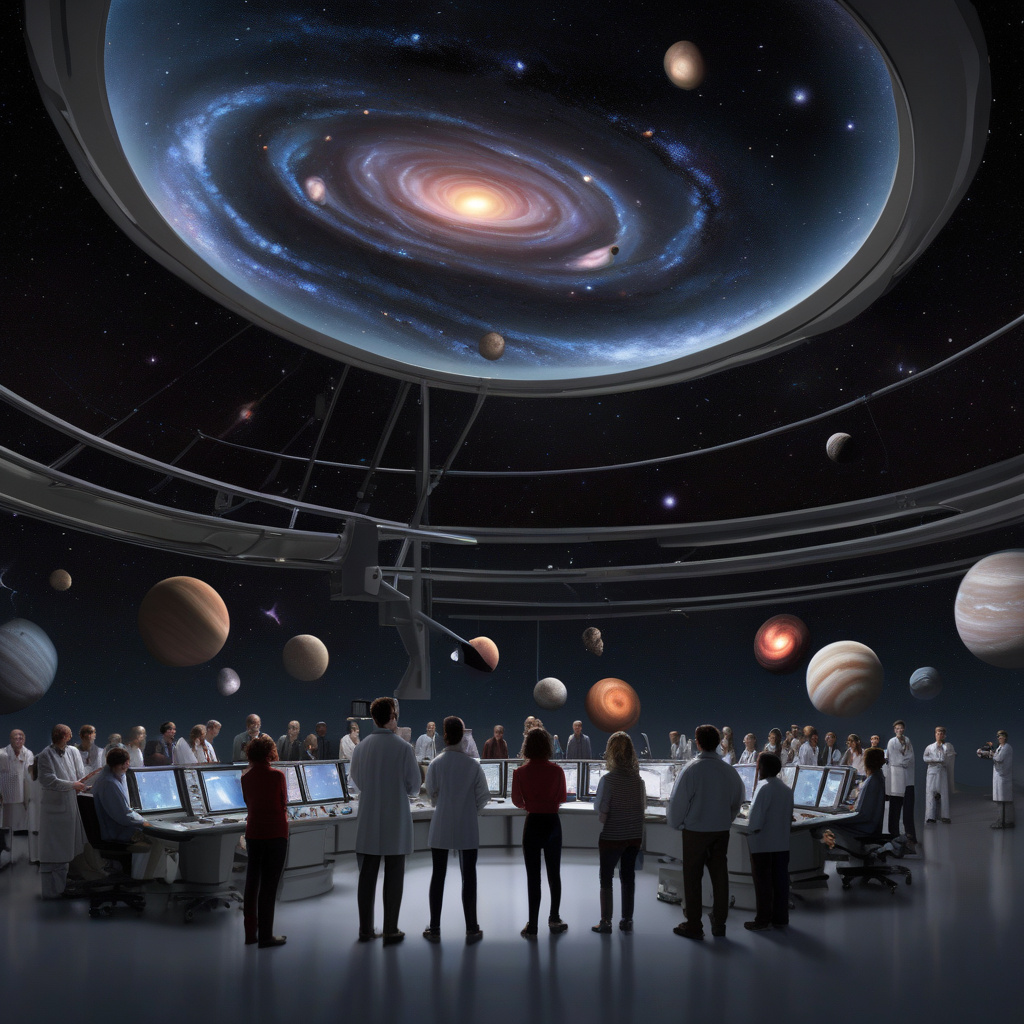US-Led Scientists Uncover New Evidence on Origins of Intermediate-Mass Black Holes
Black holes are generally grouped into three sizes: stellar-mass black holes, which are about five to 30 times the mass of our sun; supermassive black holes, which are millions to billions of times the mass of the sun; and intermediate-mass black holes, which have remained somewhat of a mystery in terms of their origins and formation. Recently, a team of US-led scientists has made significant strides in unraveling the enigma surrounding intermediate-mass black holes.
One of the key findings of the study is the detection of a peculiar X-ray signal emanating from a region in the galaxy known as NGC 2276. This signal, which exhibits characteristics distinct from those of stellar-mass and supermassive black holes, has provided researchers with valuable insights into the nature of intermediate-mass black holes. By analyzing the properties of this X-ray emission, scientists have been able to infer crucial details about the size, mass, and accretion processes of these elusive cosmic entities.
Moreover, the research team has employed state-of-the-art computer simulations to model the formation mechanisms of intermediate-mass black holes. Through these simulations, they have proposed a compelling hypothesis suggesting that these black holes may arise from the mergers of smaller black holes in dense stellar environments. This theory not only offers a plausible explanation for the existence of intermediate-mass black holes but also sheds light on the complex interplay of gravitational forces that govern the evolution of black hole populations.
Furthermore, the discovery of new evidence pertaining to intermediate-mass black holes has broader implications for our understanding of the universe’s structure and evolution. Intermediate-mass black holes are believed to serve as crucial intermediaries between their stellar-mass and supermassive counterparts, playing a pivotal role in the growth and dynamics of galaxies over cosmic timescales. By elucidating the origins of these intermediate-mass black holes, scientists can refine existing models of galaxy formation and better comprehend the interconnected processes that shape the cosmos.
In conclusion, the recent breakthrough in uncovering new evidence on the origins of intermediate-mass black holes represents a significant milestone in astrophysical research. By leveraging cutting-edge observational techniques, theoretical frameworks, and computational tools, the US-led scientific team has made remarkable progress in demystifying these enigmatic cosmic phenomena. As our quest to unravel the mysteries of the universe continues, discoveries such as this bring us closer to unraveling the complexities of the cosmos and our place within it.
#BlackHoles, #IntermediateMass, #Astrophysics, #GalaxyFormation, #CosmicDiscoveries












